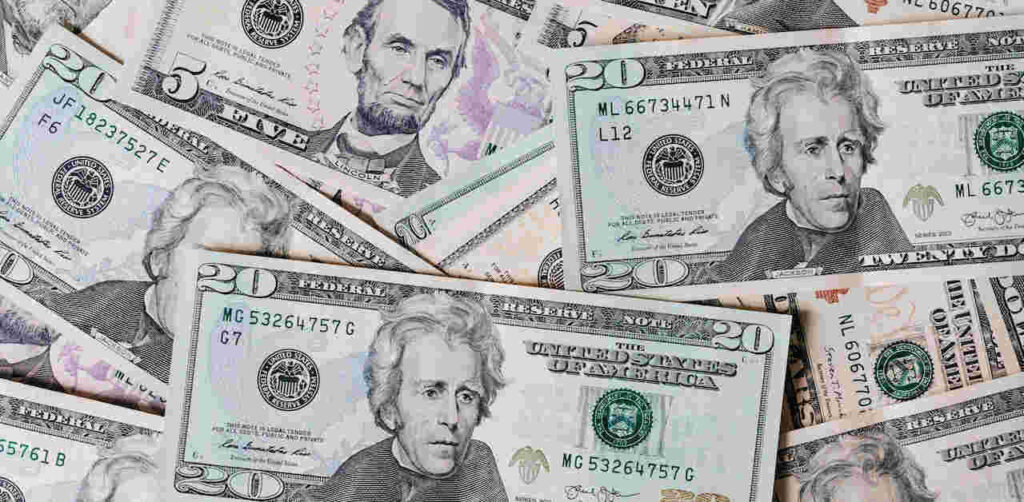Published by: Medicare Rights Center
Extra Help is a federal program that helps pay for some to most of the out-of-pocket costs of Medicare prescription drug coverage. It is also known as the Part D Low-Income Subsidy (LIS).
Extra Help eligibility
If your monthly income is up to $1,843 in 2023 ($2,485 for couples) and your assets are below specified limits, you may be eligible for Extra Help (see the Extra Help income and asset limit chart for details). These limits include a $20 income disregard that the Social Security Administration (SSA) automatically subtracts from your monthly unearned income (e.g., retirement income).
Even if your income or assets are above the eligibility limits, you could still qualify for Extra Help because certain types of income and assets may not be counted, in addition to the $20 mentioned above.
If you are enrolled in Medicaid, Supplemental Security Income (SSI), or a Medicare Savings Program (MSP), you automatically qualify for Extra Help regardless of whether you meet Extra Help’s eligibility requirements. You should receive a purple-colored notice from the Centers for Medicare & Medicaid Services (CMS) informing you that you do not need to apply for Extra Help.
Extra Help benefits
The Extra Help program (also called the Part D Low-Income Subsidy) offers the following benefits:
- Pays for your Part D premium up to a state-specific benchmark amount
- Lowers the cost of your prescription drugs
- Gives you a Special Enrollment Period (SEP) once per calendar quarter during the first nine months of the year to enroll in a Part D plan or to switch between plans (You cannot use the Extra Help SEP during the fourth calendar quarter of the year (October through December). You should use Fall Open Enrollment during this time to make prescription drug coverage changes.)
- Eliminates any Part D late enrollment penalty you may have incurred if you delayed Part D enrollment
- Depending on your income and assets, you may qualify for either full or partial Extra Help. Both programs provide assistance with the cost of your drugs. To receive such assistance, your prescriptions should be on your plan’s formulary and you should use pharmacies in your plan’s network.
Remember that Extra Help is not a replacement for Part D or a plan on its own: You must still have a Part D plan to receive Medicare prescription drug coverage and Extra Help assistance. If you do not choose a plan, you will in most cases be automatically enrolled in one.
Making an Extra Help decision when you have other forms of prescription drug coverage
If you are eligible for Extra Help and already have other creditable drug coverage, you should evaluate your costs and coverage when deciding whether to enroll in Part D and Extra Help or to keep your current drug coverage. Be sure to ask your former employer or union if you can get a Part D plan without losing the retiree benefits you want to keep, and check if disenrolling from retiree drug coverage makes you ineligible for other retiree health benefits. If you cannot have Part D and your retiree benefits, or if keeping both is not cost-effective, think carefully about whether you should get a Part D plan, especially if your retiree plan also covers your spouse or dependents. If you later want Part D, you will have a two-month SEP after you lose creditable coverage.
Finally, those with Medicaid and certain kinds of employer, union, or retiree drug coverage may in some cases not be enrolled in Extra Help or can ask not to be. Contact your local Medicaid office to learn how to decline Part D without losing your Medicaid coverage. If you later want Part D, you can enroll at any time without penalty if you are still enrolled in Medicaid or eligible for Extra Help.
